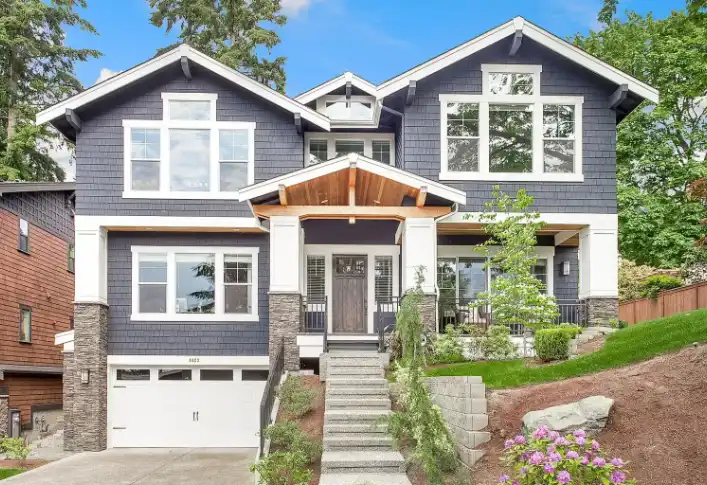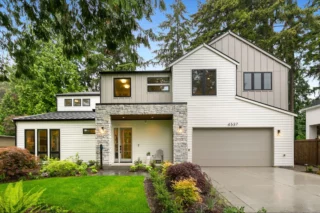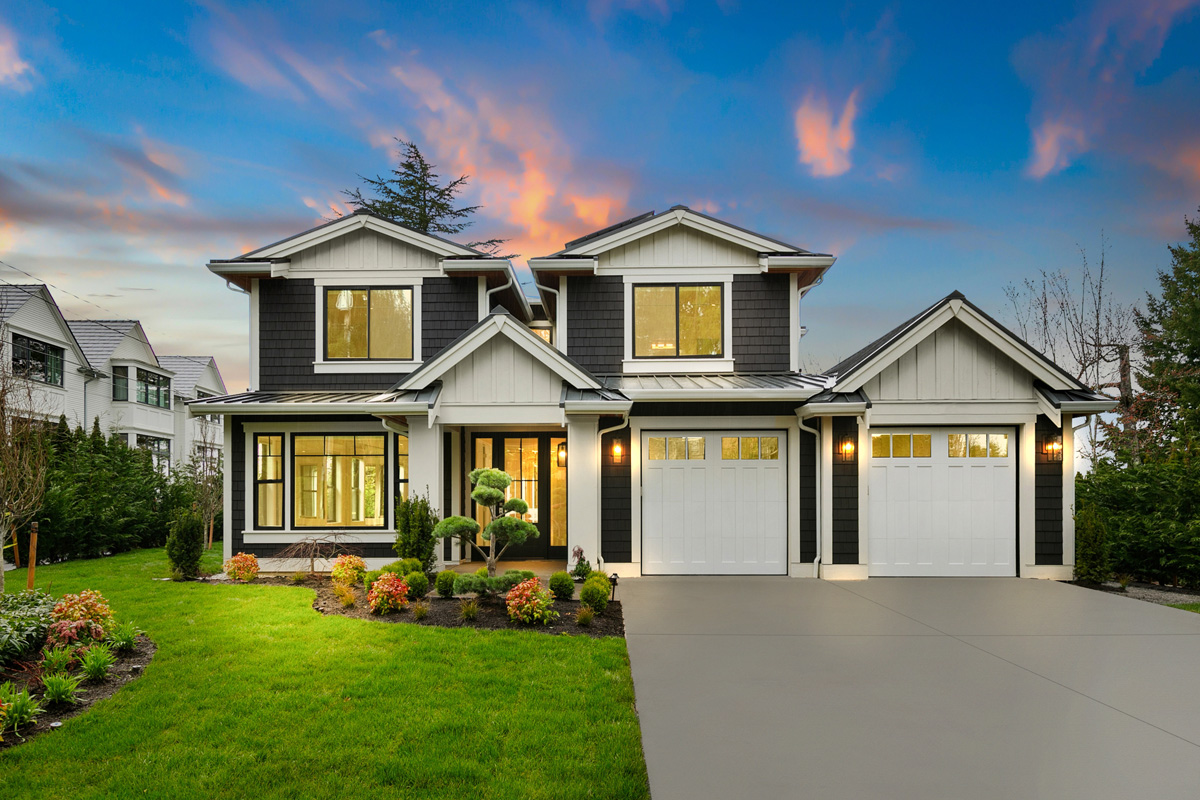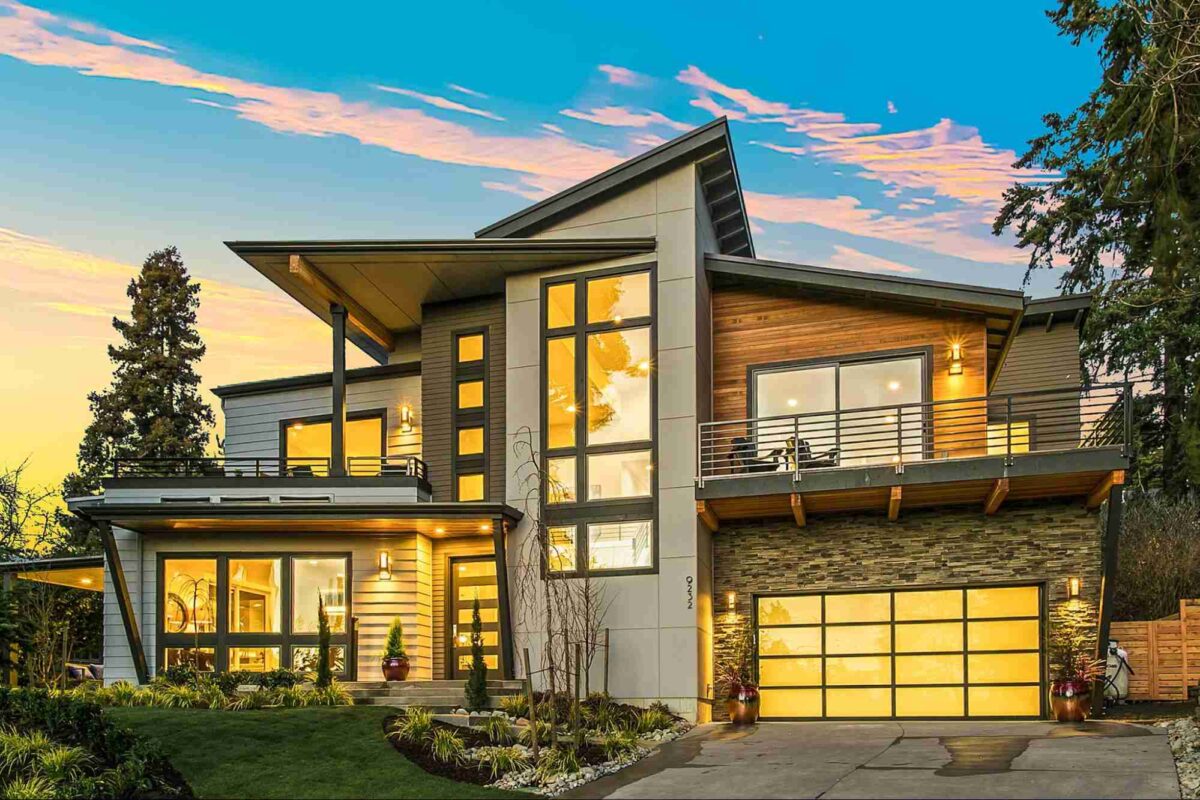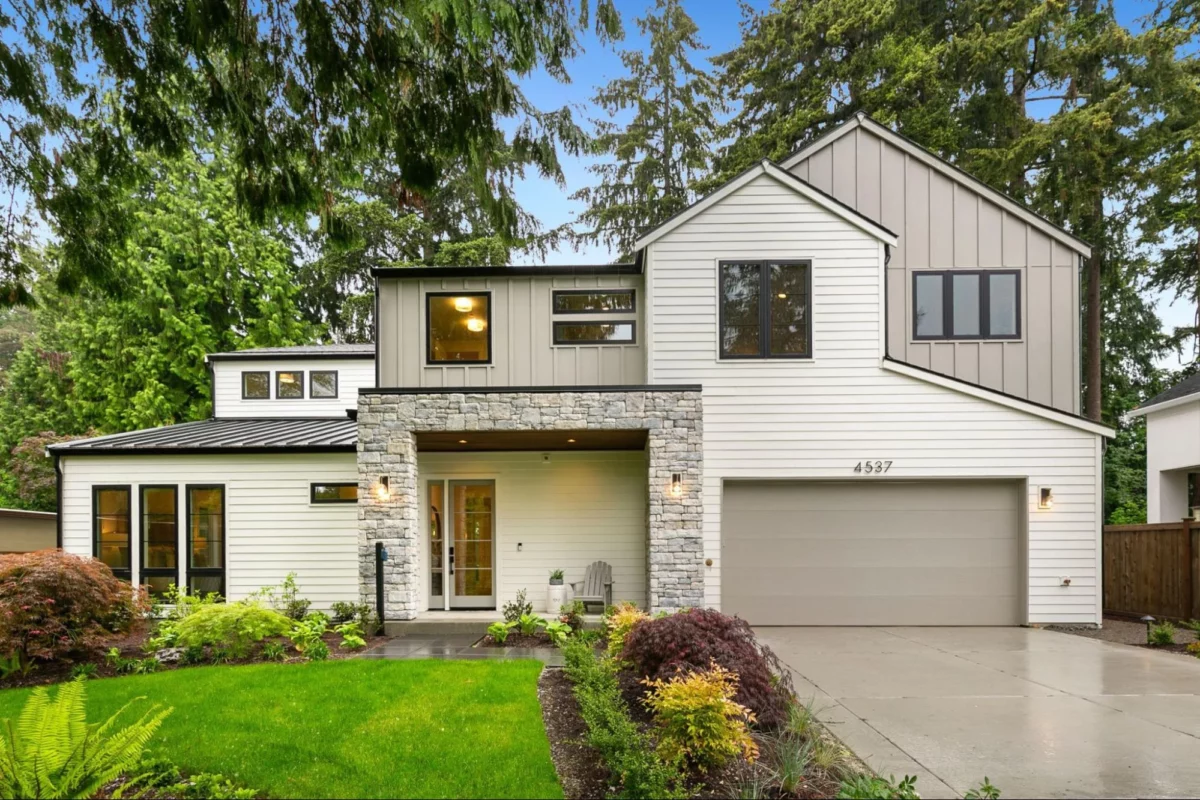You’re excited to buy your new construction home and you’re ready to make it yours. But have you taken care of everything? With this checklist for buying a new construction home, make sure you never miss anything essential, especially in the middle of so much change.
As Americans look to make their homes comfortable. More are looking to the repair-minimal options of buying new construction. Just this May, new US home construction surged by the most in the past 30 years.
“Finding your dream home is a journey,” said Daniel Sessoms, New Home Specialist. “More Americans are diving into the joy of new beginnings at the home level.”
Looking forward to embracing change and growth? In this blog, we’ll provide a checklist of what to look for in your new construction home to make sure everything is up to par, and what you should expect at your final walkthrough / new home orientation.
Buying a New Construction Home: Getting Familiar With Construction Verbiage
Ever heard the phrase “blue tape walkthrough” when talking about your new home walkthrough? Before your new home is handed over to you, you can conduct this walkthrough to identify any imperfections or issues that need to be addressed by the builder. The “blue tape” verbiage comes from the practice of using blue painter’s tape to visibly mark areas of concern.
As you inspect the property, put pieces of this tape on spots that need attention, such as chipped paint, misaligned fixtures, or incomplete finishes. Before closing day, your builder will make these corrections and conduct a thorough walkthrough to confirm that these items have been addressed. But what’s the difference between buying new vs. buying something previously owned?
The Difference Between Buying New Construction vs. a Previously Owned Home
When you decide to buy new construction, you have the advantage of working directly with the builder. New homes are also built to the latest building codes and standards, often resulting in better energy efficiency and structural integrity. You’re also able to benefit from warranties right from the start, and can enjoy making fewer repairs in the early years of your ownership.
Previously owned homes, while they come with their own charm and more mature neighborhoods, may not provide the exact right fit for your family, especially if you’re planning on expanding.
At a Glance

Tips for Buying a New Construction Home
- Look Into What Your Warranty Covers and For How Long
Your builder’s warranty on your new construction home is a significant advantage. Keep in mind, however, warranties can vary widely in terms of coverage and duration. Familiarize yourself with the specifics. Make sure you understand what structural elements are covered, such as the foundation, roofing, and windows, and for how long.
Make sure you take note of the coverage for appliances, flooring, and other non-structural elements. Some issues may only be covered for a year, while others might be taken care of for longer.
| Tip: Make sure you know how to file a claim in case you face problems later! A great builder will stand behind its homes and have a dedicated warranty team to help you through your warranty period. |
- Get a Home Inspection
Hiring an independent home inspector gives you extra peace of mind.
While a new construction home has to pass inspections to confirm it meets all local building codes, your inspector will meticulously evaluate the property to identify any additional issues that may need correction.
Checklist for Buying a New Construction Home: Your Final Walkthrough
Home Exterior
- Driveway and concrete: Make sure the pavement is level, check for cracks, and verify any specified coatings or materials.
- Gutters: Check to make sure that your gutters empty away from the home’s foundation, are installed below the roof’s drip edge, and are clean.
- Landscaping: Check your design details. Are your grass and plants healthy and as per design?
- Paint: Is the paint even? Does it have any cracks or discoloration or bubbling?
- Roof: Are shingles and tiles level?
Garage
- Garage doors: Make sure to test your garage doors’ open and close to ensure smooth operation along the door tracks.
- Lighting and features: Are all lights and security systems working?
- Flooring: Make sure your floor is as specified.
Balconies and Porches
- Flooring: Confirm all outdoor flooring materials have been properly installed.
- Rails and guards: Make sure rails and guards are securely installed and meet safety standards.
Doors
- Functionality: Open and close all doors in your home. Do any of them stick or creak? Do any of them not sit in their frame properly?
- Paint and finish: Check for the quality of your paint job. Is the application even and free of damage?
- Hardware: Make sure your hinges, knobs, and locks function properly.
- Doorbell: Test to make sure it’s working.
Floors and Stairs
- Floors: Walk across all of the floors in your home to check for evenness, absence of cracks, and proper installation of tiles or carpet.
- Stairs: Ensure safety by checking railings, carpeting, or other flooring materials for secure installation.
Ceilings and Walls
- Ceilings: Check for an even paint job on your walls, and make sure there aren’t any bulges or cracks.
- Walls: Is the paint applied evenly? Keep an eye out for scuffs and that the color matches what you were told.
- Trims: Confirm that your baseboards, moldings, and other details are painted and installed correctly.
Kitchen
- Cabinets: Check for chips or scuffs, and ensure they move smoothly when you open and close your cabinet doors.
- Countertops: Check for cracks and imperfections.
- Sink: Make sure the faucet works with no leaks, and the garbage disposal functions (if your new home has one).
- Appliances: Make sure that all included appliances (oven, stove, dishwasher, refrigerator) are in working order.
- Outlets: Test all of your electrical outlets to make sure they work.
Bathrooms
- Cabinets: Check for damage and that they open and close smoothly.
- Fixtures: Make sure all fixtures, including towel holders and toilet paper dispensers, are installed properly.
- Sink, toilet, and shower: Test for proper drainage, good water pressure, and make sure there are no leaks.
- Tiles and grout: Ensure tiles are properly laid, and grout lines are clean and even.
Electrical Systems
- Outlets: Test all outlets to guarantee they work.
- Switches: Ensure all switches operate their corresponding lights.
- Breaker box: Confirm all switches are labeled correctly and work as intended.
- Light fixtures: Check that all are working and free of damage.
Plumbing
- Faucets: Test all faucets in your home for proper water flow and temperature control.
- Drains: Ensure all sinks and tubs drain efficiently without clogs.
- Toilets: Flush to check for proper operation and ensure there are no leaks.
- Water Heater: Confirm it operates efficiently.
Heating and Cooling
- Thermostat: Test to ensure it accurately controls the temperature.
- Vents: Check for proper airflow in all rooms.
- Air conditioning: Ensure it operates efficiently and cools the home to your desired temperature.
- Heating system: Confirm it heats your home efficiently and to the temperature you want.
Basement and Attic
- Insulation: Check your attic for proper insulation that’s evenly spread.
- Ventilation: Ensure your attic has adequate ventilation.
- Basement: Check for any signs of water damage or leaks.
- Foundation: Inspect for any cracks or imperfections in the basement.
Windows
- Glass: Check that there are no cracks, scratches, or imperfections in the glass.
- Screens: Check that screens are securely installed without any rips or holes.
- Condensation: Look for signs of moisture or condensation between multi-pane windows. This might indicate a broken seal.
- Frames: Check for any damages, chips, or imperfections.
| Learn more about the way we build: |
What to Do if Something Doesn’t Pass Your Checklist for Buying a New Home
On the chance that there’s something that doesn’t pass muster during your checks, here are some options as you move forward.
- Make Sure Its Documented
Your builder should document all the items identified during your walkthrough and should give you a copy of the list at the end. This list will help track all of the items and help you confirm that these items have been addressed prior to closing. - Keep Up Communication
If your builder does not have a clear home delivery process and a dedicated warranty team, you will want to ensure that you remain in close contact with the builder to ensure the items identified are addressed.
When you buy a JayMarc home, we strive to remedy all items identified prior to closing. Our dedicated warranty team will be there to support you for the duration of your warranty period to swiftly address any additional issues, should they arise. - Understand the Repair Timeline
Make sure to ask your builder questions like:
– How soon can the repairs begin? - Request Follow-Up Walkthroughs
Once the repairs have been made, your builder should schedule a follow-up walkthrough to ensure that all issues have been addressed. With this step, the repairs meet your standards and that no new problems have arisen during the repair process.
– How long will the repairs take?
-Will there be any disruptions to your living situation during the repair process? (Assuming it’s a major repair that’s needed.)
At JayMarc Homes, all of your items will be addressed prior to closing so you can move in with peace of mind.
On the off chance that an item cannot be completed prior to closing, our team will strive to remedy the concern as soon as possible and will stay in communication with regular updates, to ensure the enjoyment of your home is not disrupted.
Your Dream Home, Stress-Free with JayMarc
Navigating the intricacies of a new construction home can seem daunting, but it doesn’t have to be. With JayMarc Homes at the helm of your project, you’re not just investing in a house, but a seamless experience.
Our commitment to excellence ensures that every detail, no matter how minute, is handled with precision and care. We pride ourselves on delivering homes that not only meet but exceed your expectations.
So, as you embark on this exciting journey of new homeownership, let us shoulder the complexities. Dive into the joy of a new beginning, confident in the knowledge that you’re in the best hands. Ready to turn your perfect home into a reality without the stress?
Get in touch today and experience the difference of true craftsmanship.
